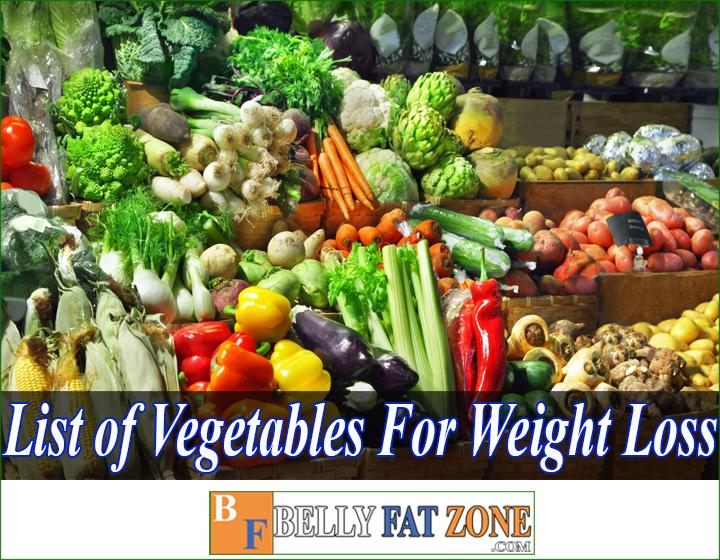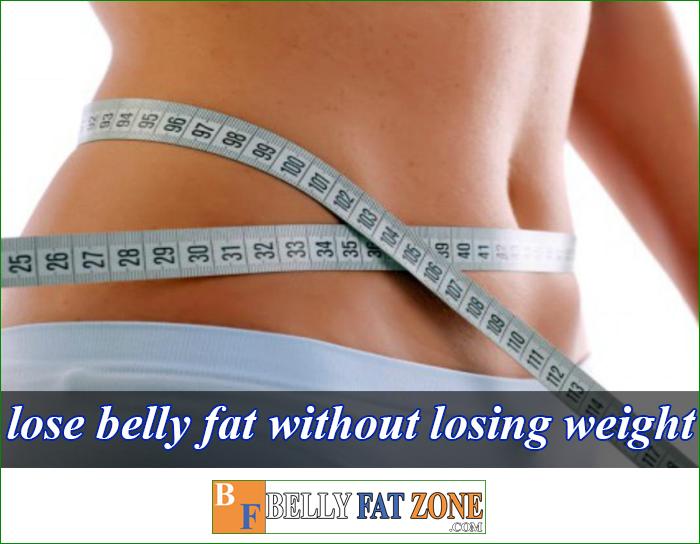Health is the top issue today after years of pandemic and we also understand that it is much better to start slowly step by step than quickly.
One of the most important things you can do to maintain your optimal health is to eat a healthy, balanced, and nutritious diet.
But what exactly is “healthy eating”? Are you having trouble starting a healthy diet? How to start eating healthier? What you need to know for success – Let's discover how to do this with Bellyfatzone!
A healthy diet is an important key to staying healthy and reducing your risk of chronic diseases. A sensible diet can be different for each person, but the ultimate aim is to establish a pattern of food consumption that gives you the nutrients you need to maintain your overall health.
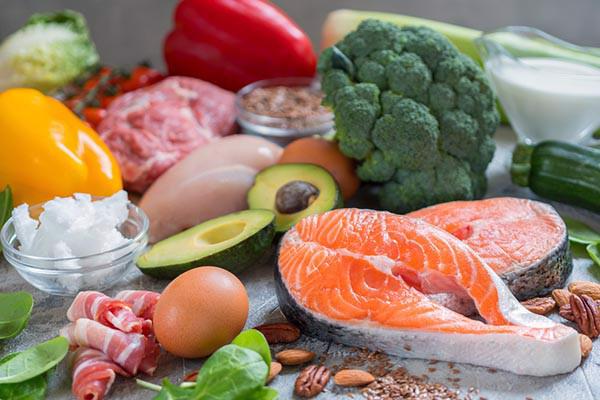
So, how can you start eating healthy and keep it going? Here are the best strategies for doing that, according to experts.
1. Slow start from zero:
You probably won't know everything about healthy eating when you're just starting your dieting journey. After all, there's a lot that you need to know. To get there, nutritionist Trista Best recommends starting slowly. “One approach is to try a new vegetable each week.
You can choose a vegetable you've never tried before and research a new recipe to incorporate it into your meal. If you do this every week or even just once a month, you'll make yourself some new healthy recipes and foods with things you didn't like before.” That's how you get used to a healthy diet without having to find it difficult to adapt.
2. Record the menu
If you go through a carefree day, not craving anything you want, or if you don't plan your meals before you eat, you may find that you're eating less healthily than intended. You may also not be able to eat certain foods as you would like.

One way to be more mindful, says nutritionist Lisa DeFazio, is to put pen to paper. “Write down why you want to eat healthily (lose weight, lower cholesterol, improve your mood, …) and read your list every day.”
You can also track your daily food intake with health-tracking apps to make sure you're providing your body with all the nutrition it needs.” You may be surprised at what you learn when you take the time to record what you are eating every day.
For determining your ideal intake from the start, you can consult your doctor or get a referral from a dietitian. Better yet, a diet personalized to your age, gender, height, weight, and physical activity level, determines what and how much you should eat.
3. Limit processed foods
Ready-to-eat foods can be super convenient, especially when you're busy with work. But according to registered dietitian Summer Yule, processed foods make it difficult to control your food intake due to too many servings in a package or too many unhealthy ingredients.
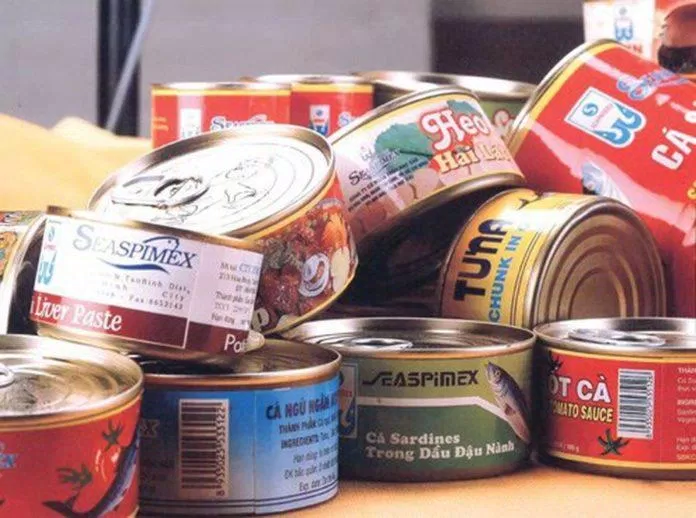
These foods often contain a lot of sugar, white flour, and processed oils. They provide relatively few vitamins and minerals but contain a lot of calories.
So, instead of opting for processed foods, prepare all the food you need to prepare your meal. That way, you'll not only eat more healthful foods, but you'll also be more likely to eat the amount you're meant to because whole grains can fill you up faster than processed foods.
4. Eat a lot of vegetables
The benefits of adopting a plant-based diet — like a vegetarian or vegan diet — are well documented. For example, research in the Journal of Nutrition has shown that vegetarians have higher levels of healthy fats, antioxidants, and anti-inflammatory compounds in their bodies than non-vegetarians.
This may be because vegans consume more produce and another whole, plant-based foods. So eating a more plant-based diet could be one way you can start eating healthier.

You don't have to be vegan or completely vegetarian to reap the health benefits. In fact, the flex diet, which is primarily a vegetarian diet but occasionally includes animal protein, was named one of the best diets of 2022.
Try making one of your favorite non-vegan meals by varying a few ingredients. You may find that not only do you eat healthier with this method, but you also get to try a lot of new foods.
5. Balance your meals
Another way you can start eating healthier is to think about what's in your servings at each meal. According to DeFazio, there are certain foods that should play an important role in your diet at every meal. Fruits and vegetables should be the foundation of your diet, half your serving should be vegetables.
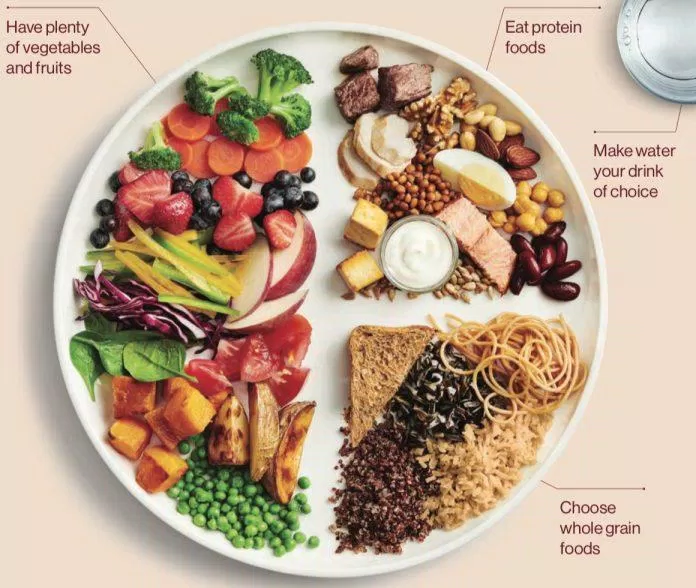
Along with a serving of fruit with each meal, DeFazio recommends having lean protein in your meals. To get that protein at breakfast, you can eat a spoonful of nut butter, a serving of bacon, cottage cheese, or an egg. Protein should make up about a quarter of your meal for lunch and dinner.
6. Make changes logically
While no single food is good or bad, there are some that are best consumed in moderation. One of these foods is white flour, which is found in abundance in baked goods and bread.
Luckily, there's a handy trick to tweaking your white flour intake: Switch to whole grains or veggie alternatives.
For example, you can use brown rice instead of white rice, legume pasta instead of white flour pasta, or use a sandwich filling wrapped in lettuce leaves.
These changes help you eat more vegetables and less white starch. You can also swap mayonnaise for mustard, use veggie noodles in your pasta dishes, and drink juice instead of soda.
7. A diet with a large amount of food
Looking for a way to eat healthy without counting calories or thinking restrictively? If that's the case, then a mass-based diet might be right for you.
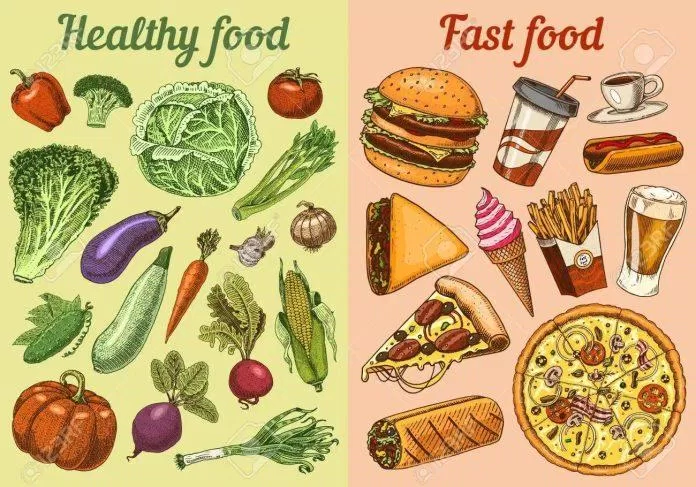
Overeating is an intriguing and relatively new concept for starting a balanced, nutrient-dense, low-calorie diet without sacrificing hunger. According to the International Journal of Obesity: “Basically, consumers eat large amounts of low-calorie foods.”
In fact, doing so will help your healthy eating journey and help you reach your desired weight, and improve your overall health. This method was also named one of the best diets for 2022.
8. Do not completely eliminate starches and fats
If there are two foods that have gone bad over the years, they are without a doubt starches and fats. Over time, the belief that these foods are “bad” for you has become widespread. But that's not entirely true, says DeFazio.
“You need carbohydrates (starch) at every meal to provide energy because cutting out carbs leads to feelings of intoxication and sugar cravings,” she says. Try to eat about 1 cup of cooked starches per meal, such as oatmeal, rice, sweet potatoes, casseroles, or pasta — whole grains whenever possible.”

She also recommends making sure you have a serving of healthy fats like nut butter, avocado, or olive oil at every meal.
By making sure to consume healthy fats, you'll reduce your risk of heart disease, hardening of the arteries, and stroke, and lower your blood pressure, triglycerides, and “bad” cholesterol. On the other hand, your “good” cholesterol will be boosted.
9. Increase your daily water intake
If you're looking to eat healthier, you also need to make sure you're drinking in a healthier way. Drinking enough water – an average of 2.7 liters per day for women and 3.7 liters for men – will help you regulate your temperature and dispose of waste, as well as protect your spine and joints. according to a study conducted by the Centers for Disease Control and Prevention.

So make sure you are drinking enough water every day. If you're not drinking enough water, you can start increasing your water intake by swapping sodas and sugary drinks in your diet for plain water.
Again, sugary drinks aren't bad foods, but moderation in your intake is key.
10. Set up changes and succeed
One of the reasons it can be difficult to start eating healthy is that doing so takes time and energy. That's why convenience or ready-to-eat foods are so appealing, especially when you're too busy or low on energy.
However, expert DeFazio has some great tips for setting yourself up for a successful healthy diet.
“Go to the market or order grocery delivery. You need a fridge and pantry that's stocked with nutrients so you can make healthy choices at home,” she says. “For meal prep, make portions of rice and chicken or fish when you have time so you have dinner ready on busy days.”
Basically, you can prepare meat and vegetables in advance and store them in the fridge, then put them in a pan or put them in the oven when you get home from work. All these changes will help you thank your preparation when you sit down to enjoy a healthy and delicious dinner after a tiring day at work.
Don't forget to follow Bellyfatzone to stay up to date with useful information!




